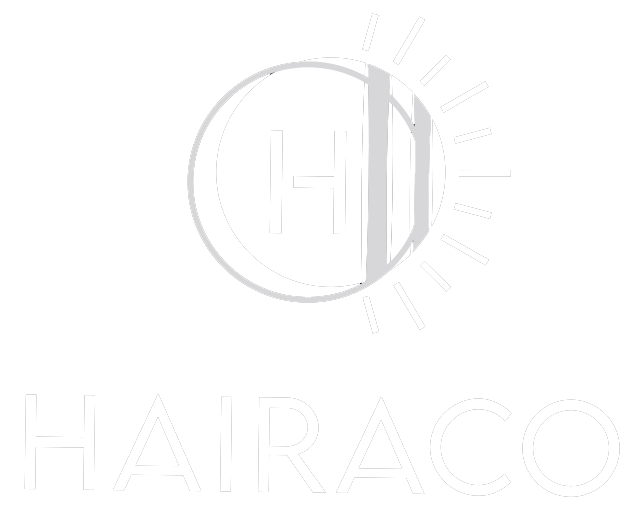In the world of hair artistry, achieving the perfect color blend can be both an art and a science. Custom color techniques are pivotal in setting stylists apart, as they bring precision and creativity to each hue transformation. One of the indispensable tools aiding this precision is the hair coloring board. This often-overlooked tool can make a significant difference in the outcome of hair coloring, providing control and finesse that freehand techniques might lack.
Understanding Hair Coloring Boards
A hair coloring board is a flat, durable surface, typically made from plastic or other non-absorbent materials. It assists in applying hair color treatments, allowing for better management of color placement and blending. These boards come in a variety of sizes and shapes, each tailored for specific coloring tasks. They are especially handy for techniques such as balayage, foiling, and other custom color applications.
Why Use a Hair Coloring Board?
While some stylists prefer to work freehand, a hair coloring board offers several benefits:
- Precision: The board provides a stable surface that prevents the color from bleeding onto unwanted sections, ensuring clean lines and precise application.
- Control: It makes it easier to see and adjust the amount of product used, helping to prevent over-saturation and under-application.
- Efficiency: Speed up the coloring process by stabilizing the hair section, allowing for quicker application of color.
- Versatility: Adaptable for multiple techniques including ombre, highlights, and lowlights.
Techniques for Using Hair Coloring Boards
Different coloring techniques can benefit from the use of a hair coloring board. Here are some popular methods:
Balayage
Balayage requires freehand painting of color onto the hair. Using a board allows for more precise application, especially near the roots. The board helps support the hair section, enabling the stylist to apply color with even strokes, which leads to a more natural, sun-kissed look.
Foiling
When foiling, a hair coloring board can act as a sturdy surface to fold the foil over, helping minimize the risk of slipping and bleeding. The board also aids in applying color closer to the scalp, providing more precise highlights and lowlights.
Ombre
An ombre look requires a seamless gradient from dark to light. Using a coloring board, stylists can place the hair flat and paint the color in a way that ensures smooth transitions. The board helps maintain the straightness and alignment of the hair sections, crucial for perfecting the gradient effect.
Tips for Choosing and Using Hair Coloring Boards
Here are some tips to help you choose and effectively use hair coloring boards:
- Materials: Opt for boards made from non-absorbent, easy-to-clean materials. This ensures longevity and prevents color from staining the board.
- Size and Shape: Choose boards that fit comfortably in your hand and vary the sizes based on the techniques you frequently use. Smaller boards are great for more detailed work, while larger boards work well for extensive sections.
- Handling: Ensure you have a good grip on the board to prevent slipping. Some boards come with handles or grips to enhance control.
- Cleaning: Regularly clean the board to remove any residual color, maintaining a clean working surface for each new application.
Conclusion
Mastering custom color techniques with hair coloring boards opens up a world of creativity and precision for stylists. By incorporating this tool into your routine, you not only enhance the quality of your color applications but also introduce versatility into your services. Whether you’re working on a delicate balayage or a sharp highlight, a hair coloring board is your reliable ally in achieving consistently stunning results.

